Twenty years ago, Zanne Zwart started at the School for Young Talent (SvJT) as a lecturer in graphics. She is now head of the preparatory courses. Zanne and her temporary replacement Maartje Lammers reveal three interesting facts about the preparatory courses at the Royal Academy of Art (KABK).
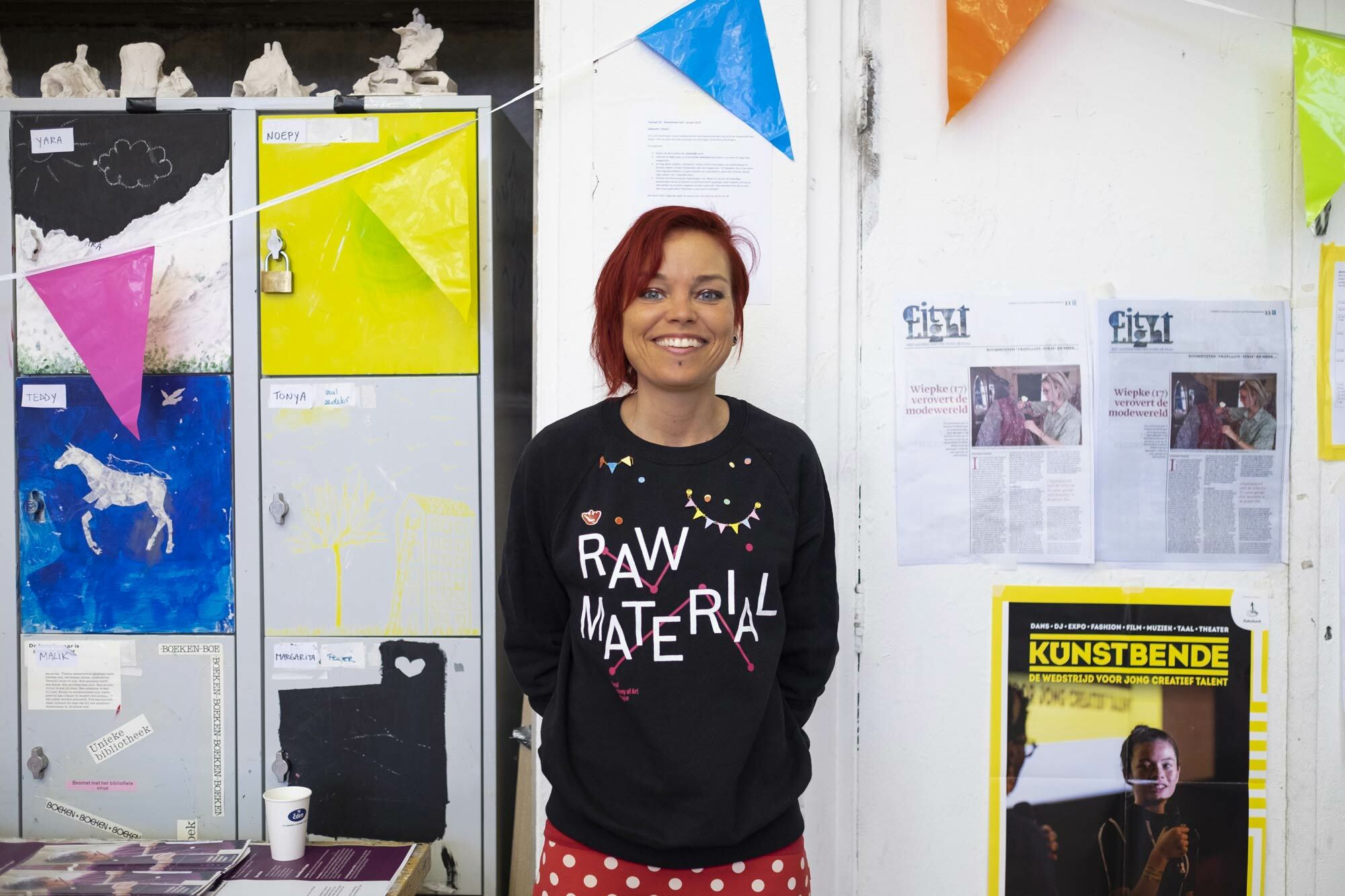
‘You’d be amazed at how persistent the stigma of an art programme is. A lot of people still think that at an academy you learn to paint and after that you sit in your studio and you earn nothing.’
I. Preparatory courses are enormously important, both for the KABK and for society
You could say that the preparatory courses are the roots of the KABK. Many international students find their way to the KABK via the preparatory year, and around 90% of this group progress to a bachelor’s programme.
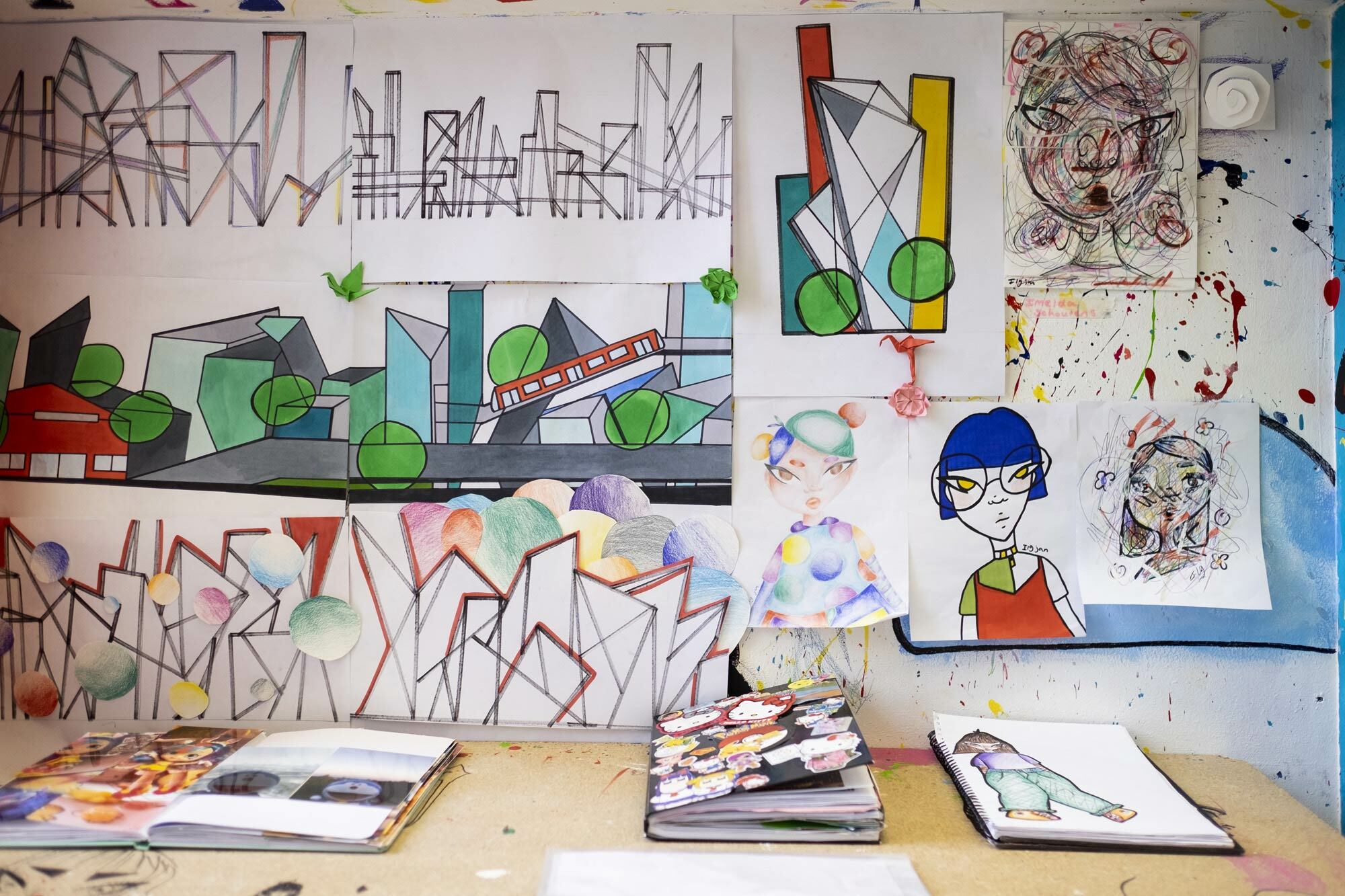
‘On top of that,’ Zanne says, ‘the preparatory courses such as the SvJT give school pupils and parents a clear picture of what an arts programme looks like. The Dutch government puts enormous pressure on students to choose the right programme straight off, so for students it’s really worthwhile to get a good idea of the programmes in advance.
The preparatory courses are also a good way for the KABK to show itself to the public and make contact with the city and with schools. You’d be amazed how persistent the stigma of an arts programme is in society. A lot of people still think that at an academy you learn to paint and after that you sit in your studio and you earn nothing. The pupils who come to our academy learn about applied art, and concepts such as: “It’s OK to make mistakes; you learn by doing.” They take these ideas back with them to their own class and pass them on.’
Maartje adds: ‘Students who have taken a preparatory course are really well equipped to learn at the KABK. You see that in how they work, how they handle feedback and how they organise their own process.’
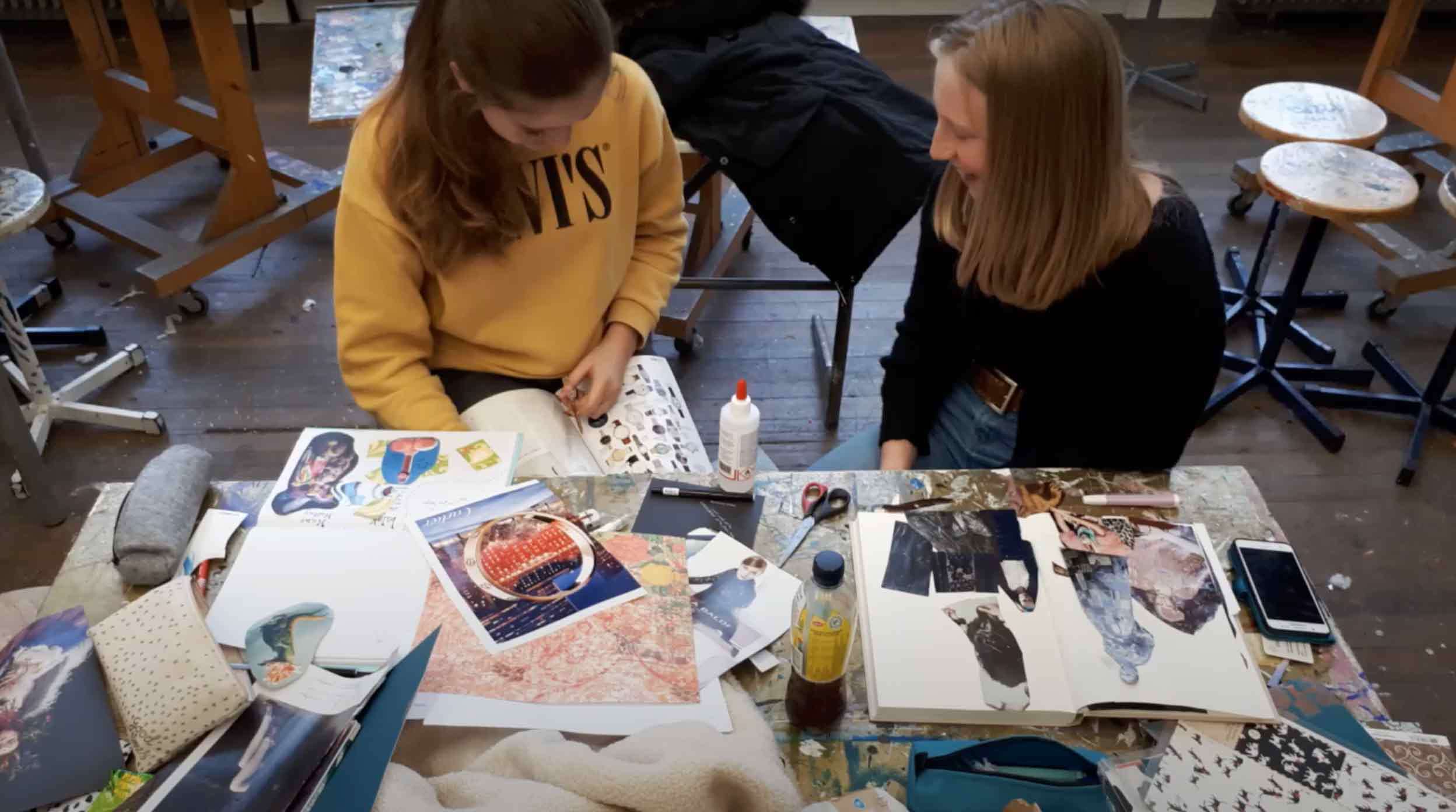
II. Preparatory courses create a strong bond among bachelor’s students
Zanne: ‘The pre-programmes don’t focus on one specific programme or discipline at the KABK. As a result, we have bachelor’s students who end up in all the different areas of the academy, and who stay in touch, no matter where in the academy they are studying. The pre-programmes create a community, and forge a strong bond between students that transcends the different departments.’
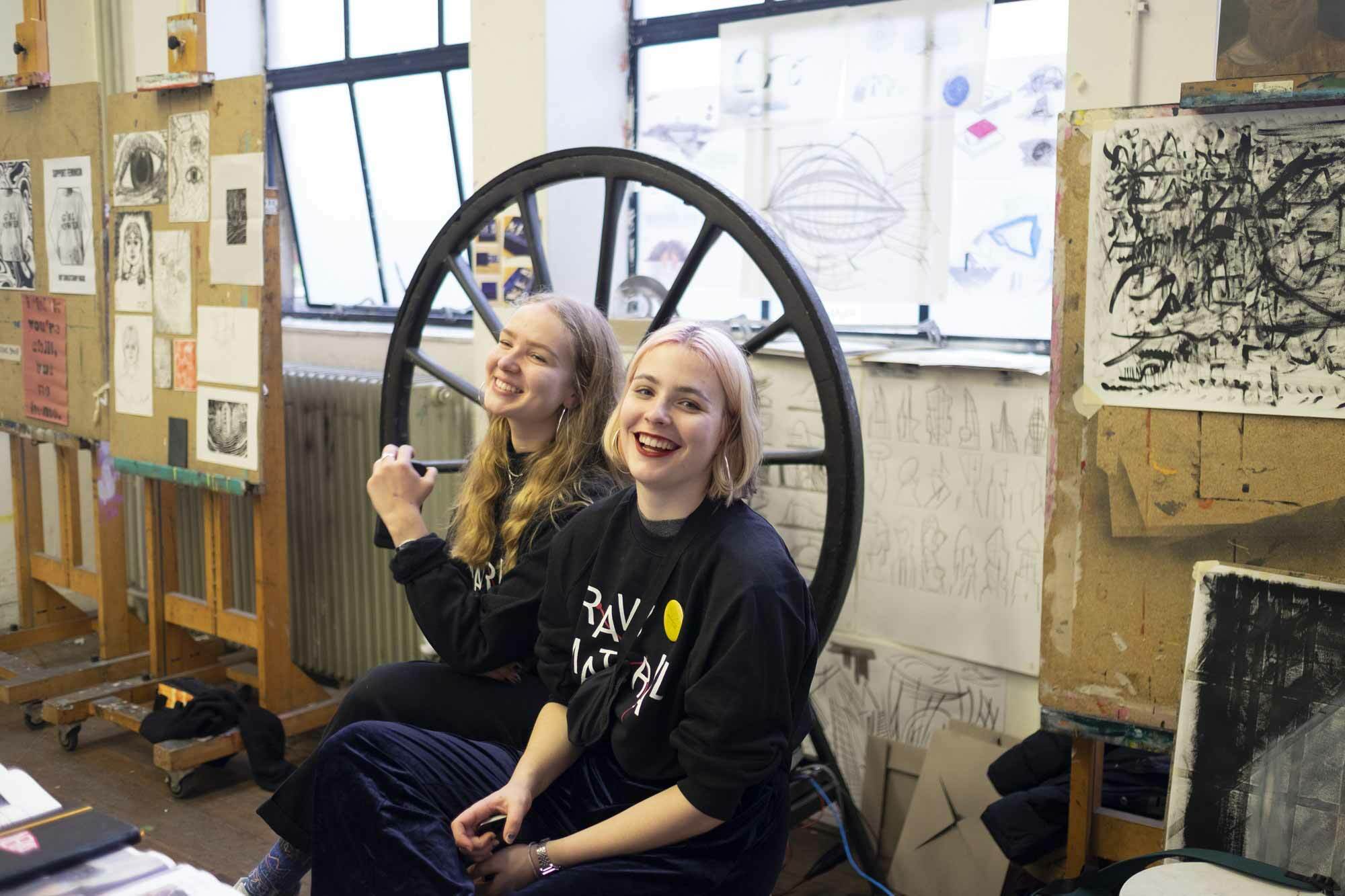
Alumni tell preparatory-year students about their programme, about their work and about such things as their older dummies and process books. You see the penny drop with some students: ‘Oh, that’s what they mean by “process”!’
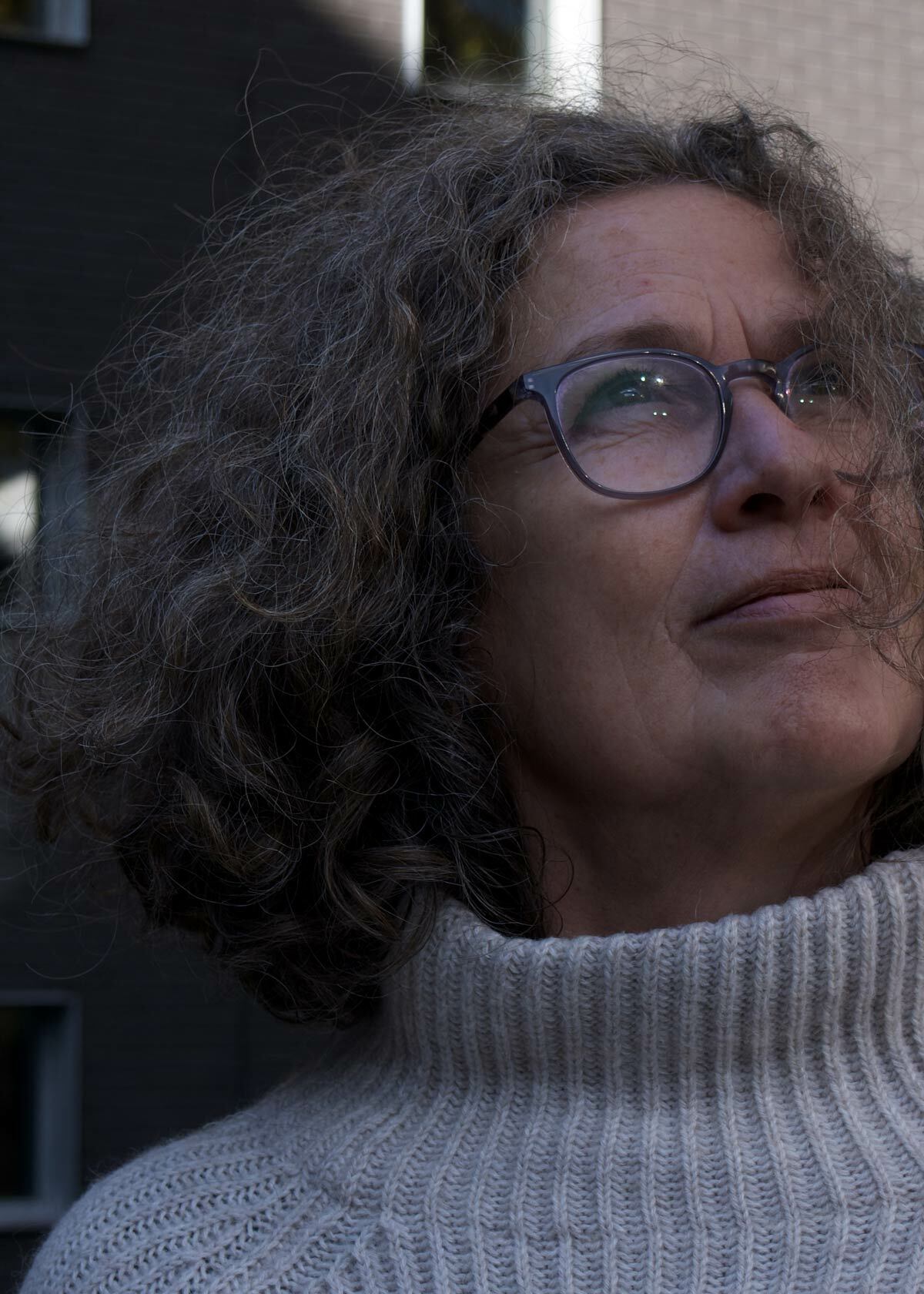
Maartje is also enthusiastic about the link between the bachelor’s students and students in the preparatory courses. ‘That’s so nice! Alumni are incredibly enthusiastic about telling preparatory-year students about their bachelor’s and their work, and about things like their older dummies and process books. Then you see the penny drop with some students: Oh, that’s what they mean by “process”! What’s also great is that students today learn very quickly how to get in touch with students from the preparatory courses. In Textile and Fashion, for example, that’s where they find their models.’
III. The preparatory courses are active worldwide
Zanne: ‘Nine years ago I was approached by someone from Hogeschool Artez who was looking at how other schools organised their pre-programmes. That question led to a national network of the pre-programmes of all the art academies: it’s known as the Round Table, and I’m now chair and organiser of it. We discuss how we can get the best people into the programmes, because that’s crucial to maintain the high levels of the programmes.
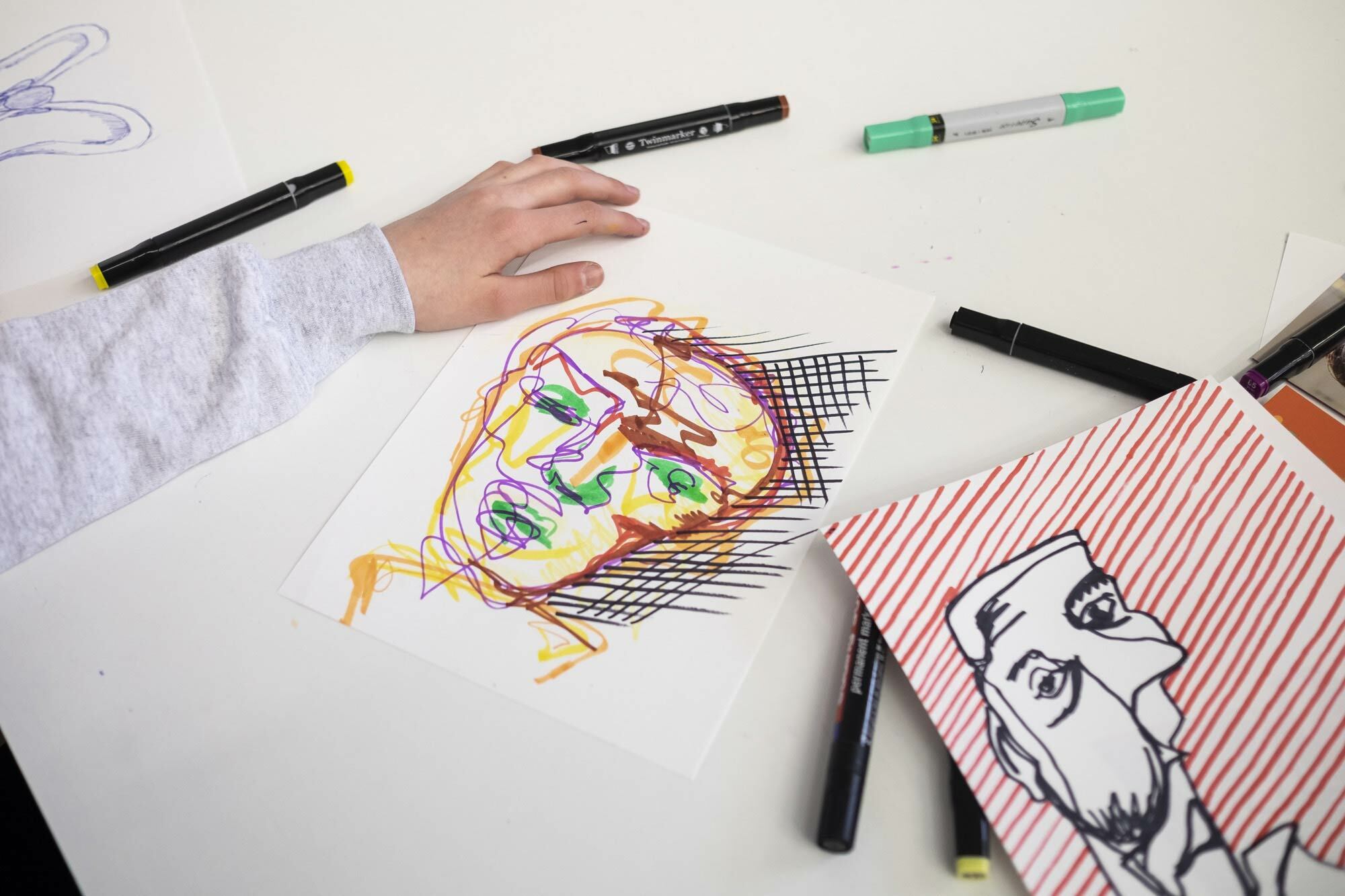
The Round Table is also a kind of antenna in society; we hear from one another about the themes that are currently being played out. We can then incorporate those themes in our programmes. A case in point is diversity and inclusion. A few years ago, I was in Plymouth to see what kind of role pre-programmes play in society there. I was hugely impressed with what I saw. My other Round Table colleagues also came to England to see for themselves, and as a result we set up a European network, with academies in Plymouth, London and Berlin. The ambition is to expand and become a worldwide network. In short: we hope that our academy in The Hague will be an important place in the world for preparatory courses!’
Get to know the preparatory courses
Want to see their work? Kidsclub Exhibition, Friday 17 December 2021, 17.30 – 18.30 galleries 1 & 2 KABK
Want to see their work? Join us on the
Want to see some work? Come to the end-of-year exhibitions on 31 May, 1 June and 8 June 2022.
See also www.svjt.nl
Want to see some work? Thursday 23 December 17.00 - 19.00, Trimesterexpo #1, KABK galleries.
Want to see some work? Join us on the
There are 380 students and 40 lecturers involved in the preparatory courses. All preparatory courses are preceded by a screening or entrance exam.





